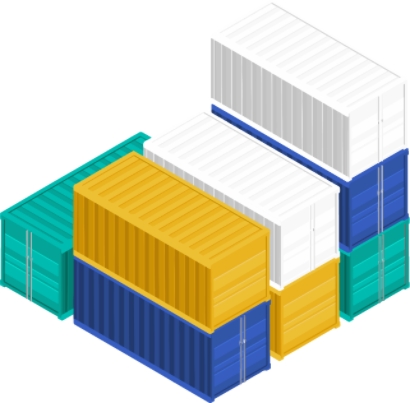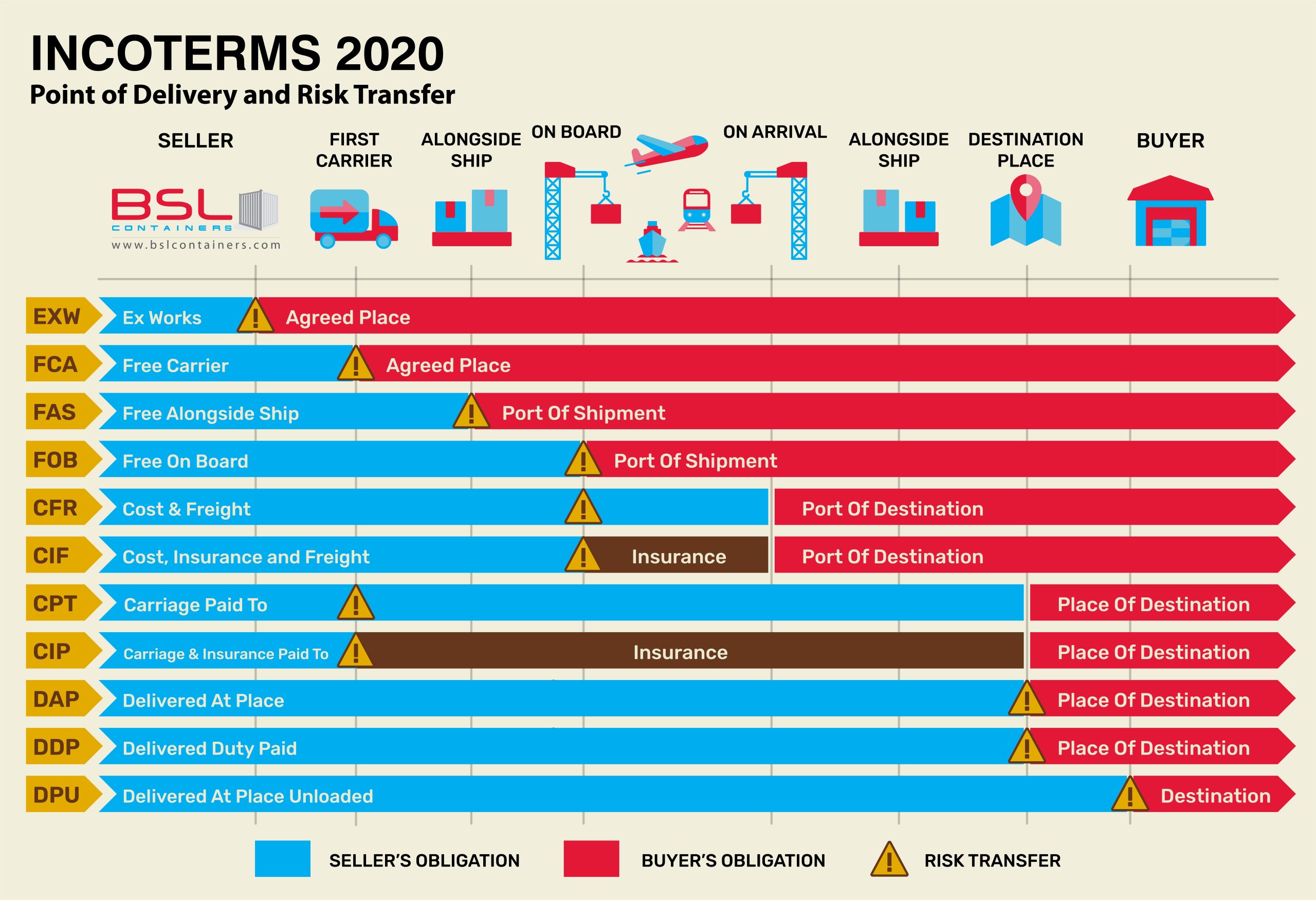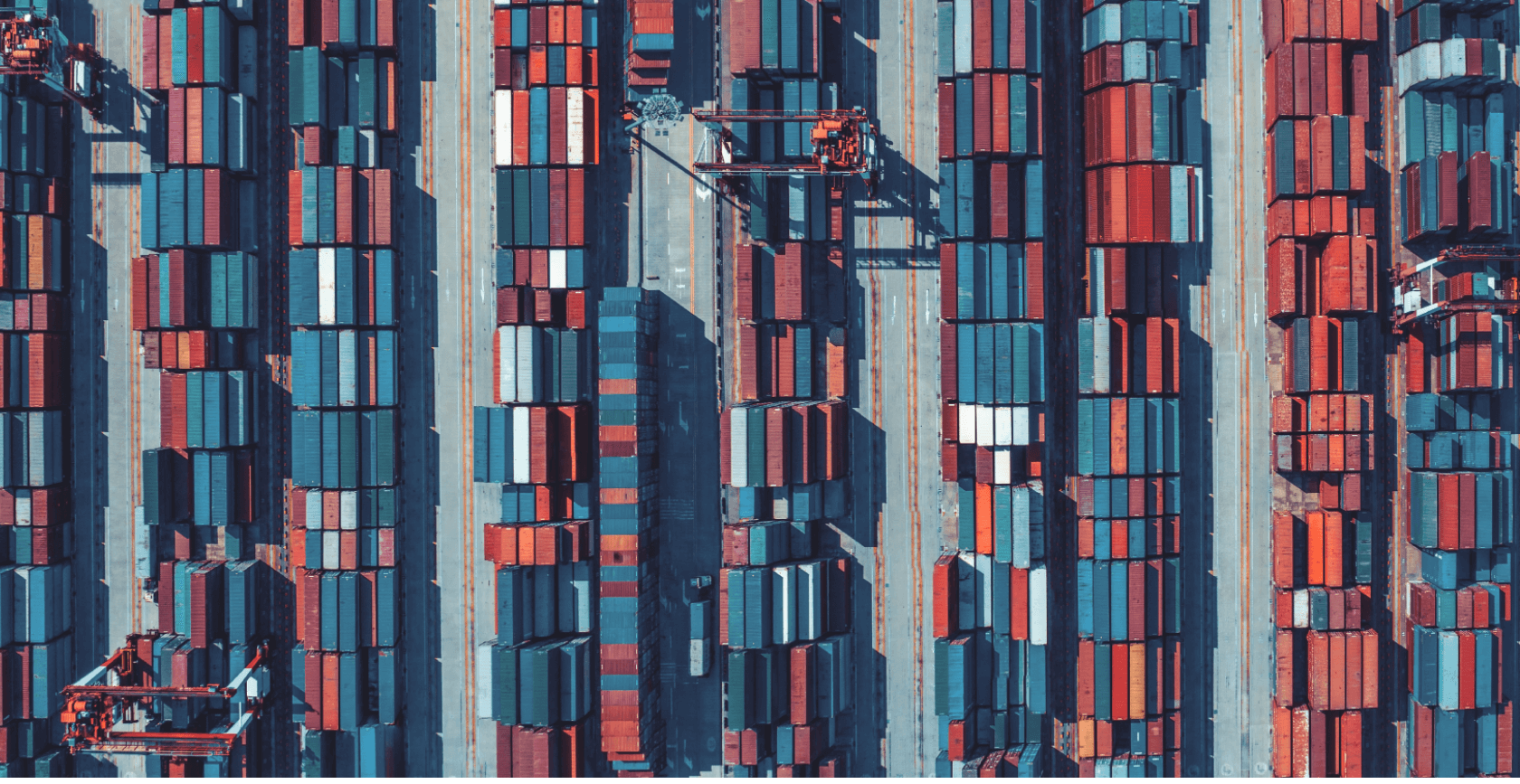BSL Shipping information
BSL offers different ways of shipping arrangements to process and fulfill clients’ requests. There are two main ways: One Way Procedure and SOC Shipment by SEA.
Please don’t hesitate to contact our Sales Representative for more information.

One Way Procedure
One Way Procedure, also known as 1-Tripper or Cabotage, is a very common way to deliver shipping containers to our clients. The buyer does not need to pay for any freight cost. In return, the buyer allows the shipping line to use the containers during the one-way transit from China to the destination.
For urgent purchasing or limited orders, please visit our e-shop to check the stock availability.
Delivery Process
- After the Product in China is completed, BSL will liaise with shipping lines to arrange One Way Free Use delivery.
- The shipping line will load the new container with cargoes on board and make a one-way trip to the Buyer’s destination city. The delivery time is between 60-90 days (depending on the marine traffic).
- The shipping line will return the empty container to either BSL or the Buyer’s depot at the destination by truck. The depot must be within 30km of the destination port area.
- The Buyer must pick up the container 14 days after arrival at the depot.
- The Buyer gets the container from the depot. The depot must have the necessary equipment to unload the empty container from the truck.
- The Buyer is also responsible for all handling and storage charges at the destination depot, given the terms and conditions.
- If the shipping line or trucker cannot contact the Buyer when they return the empty container, the open container will return to the port assigned by the shipping line/ trucker, and the Buyer may incur a penalty fee and additional transportation fee.
Damage Protection Plan
All BSL containers are covered by the Damage Protection Plan (DPP). DPP covers the damage (based on IICL inspection criteria) to ensure our client’s legal liability against impairments over a mutually agreed amount of each container when it arrives at the client’s container depot.
Video
SOC Shipment by Sea
A Shipper Owned Containers, or SOC, indicates that a shipper or consignee owns a shipping container. The buyer needs to pay the ocean freight for shipping an empty SOC from China to the destination port. There are different incoterms for empty SOC shipments.
Delivery Process for CIF Term
- Containers are manufactured at BSL’s Factory in China.
- BSL will check the ocean freight and vessel schedule from China to the destination port.
- The Buyer provides the consignee and notifies party info for preparing a bill of lading.
- The Buyer must settle the destination port charges, customs clearance, import duties & taxes, and onward delivery from the POD (port of discharge) to their depot at the destination.
- Before the arrival of the vessel at the destination port, BSL will send the original or telex release bill of lading to the Buyer to prepare the import process and pick up the arrived containers from the shipping line.
- The Buyer must pick up the arrived containers within the free time (depends on the terms and conditions). If any demurrage and detention charges are incurred due to late pick up of the arrived containers, the Buyer is responsible for all additional costs.
- BSL will endure the insurance for the damages that might occur during shipment. BSL can submit a claim for the Buyer to get compensation when necessary.
Incoterms for SOC shipment

An Introduction for 11 Modes Incoterms® 2020
- Ex works is a shipping arrangement in which the seller places the goods at the Buyer's disposal at the seller's premises or another named place (i.e., works, factory, warehouse).
- The Buyer of the product must cover the transportation cost that occurred.
- The seller is not liable for loading/unloading the goods on any collecting vehicle (truck or ship), nor does the need to clear them for export or custom clearance applicable.
- Free Carrier is a shipment term that the seller delivers when the goods are placed alongside the vessel or destination (typically an airport, shipping terminal, warehouse, or other location where the carrier operated) nominated by the Buyer.
- The seller will bear the risk of loss or damages to the goods when they receive them at their nominated destination. After that, the Buyer assumes all the responsibilities.
- Free Alongside Ship is that the seller delivers when the goods are placed alongside the vessel nominated by the Buyer or the Buyer’s ship, ready for reloading.
- The seller will bear the risk of loss or damages to the goods when they are placed alongside the ship or vessel. After that, the Buyer assumes all the responsibilities.
- Free On Board is the term that the seller delivers the goods on board the vessel nominated by the Buyer at the designated port of shipment or procures the goods already so delivered.
- The seller will bear the risk of loss or damages to the goods once they are loaded and on board the ship or vessel. After that, the Buyer assumes all the responsibilities.
- Cost and Freight is when the seller is required to deliver and arrange the carriage of goods by sea to a destination port and provide the Buyer with the documents necessary to obtain them from the carrier.
- The seller will bear the risk of loss or damages to the goods once loaded and on board the vessel and during cargo transported by sea or inland waterways transit. After that, the Buyer assumes all the responsibilities.
- The seller is responsible for the costs and freight necessary to bring the goods to the named destination port.
- Cost, Insurance, and Freight is when the seller delivers the goods on board the vessel or procures the goods already delivered.
- The risk of loss or damage to the goods passes when the products are on the ship.
- The seller is responsible for the costs, insurance and freight necessary to bring the goods to the named destination port.
- For the insurance, the seller is required to obtain and cover the minimum wage. Should the Buyer wish to have more insurance protection, it must obtain and negotiate with the seller to arrange another insurance agreement.
- Carriage Paid To is when the seller delivers the goods to the carrier or contact point assigned by the seller at an agreed place.
- The seller is responsible for the costs and freight necessary to bring the goods to the named destination port.
- Carriage And Insurance Paid To is when the seller delivers the goods to the carrier or contact point assigned by the seller at an agreed place.
- The seller is responsible for the cost, insurance, and freight necessary to bring the goods to the named destination port during the carriage.
- For the insurance, the seller is required to obtain and cover the minimum wage. Should the Buyer wish to have more insurance protection, it must obtain and negotiate with the seller to arrange another insurance agreement.
- Delivered At Place is when the seller is required to ship and arrange the carriage of goods to a destination port at the Buyer's disposal, including unloading the cargo onto the designated location.
- The seller is responsible for all risks until the goods arrive at the Buyer's place.
- Delivered At Place Unloaded is when the seller delivers the goods and unloads at the Buyer's disposal at a named destination.
- The seller is responsible for all risks until the goods arrive at the Buyer's place.
- Delivered Duty Paid is when the seller delivers the goods at the Buyer's disposal, including customs clearance and import on the arriving means of transport ready for unloading at the Buyer's disposal.
- The seller is responsible for the cost, export and import duties and all risks to bring the goods to the named destination port during the carriage.
